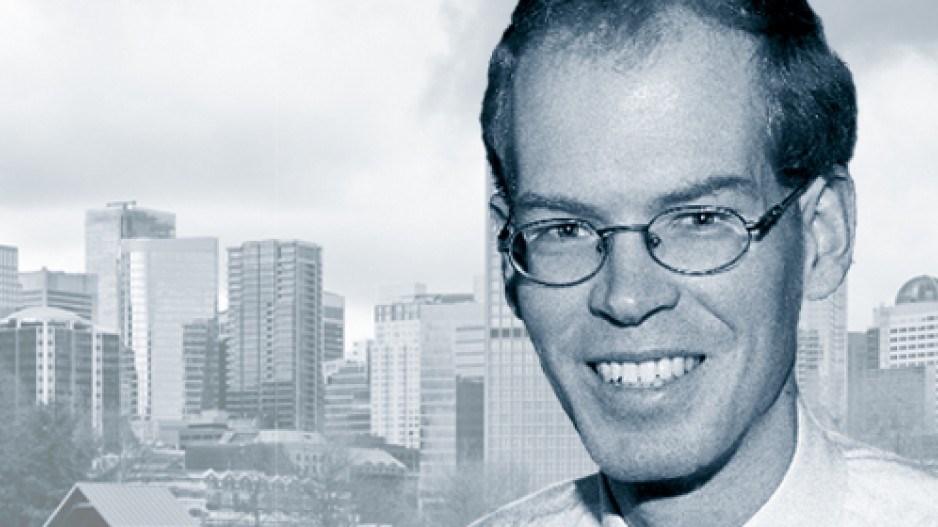Two weeks of travelling, and as often as not the road delivered many questions and comments about the state of the Vancouver housing market. Heads shook in New Brunswick at the elevated prices, and the mayor’s desire to tax vacant properties.
“But aren’t the owners already paying property taxes?” asked one savvy homeowner.
Many people wondered what Vancouverites do to afford homes at the kinds of prices broadcast in the national media. Given that even tech workers are being priced out of hip neighbourhoods like Mount Pleasant, explaining it to an Alberta rancher whose son leases land for $20 an acre wasn’t an easy job.
The mid-year numbers promise more of the same, with the Real Estate Board of Greater Vancouver (REBGV) pegging the benchmark price of a home in the region at $917,800 – a 20.6% increase in the first six months of 2016.
While apartments remain the most affordable type of property, appreciating just 15.1% over the same period to reach $501,100, what the BC Real Estate Association (BCREA) terms “record housing demand” isn’t being satisfied by greater construction. Total listings, particularly of apartments, have decreased, and sales have followed suit, dropping 7.7% region-wide.
While this would seem to set the stage for ongoing price appreciation, with RBC Economics noting that prices are experiencing an “epic surge” that is “crushing affordability” and proceeding “at an accelerating rate,” the BCREA analysts say nay.
“Using history as a guide to what comes next for the Vancouver housing market, one would expect that without a major economic shock or significant change in housing policy, that conventional market dynamics of supply and demand will take hold,” write economists Cameron Muir and Brendon Ogmundson. “Growth in home prices will likely trend lower over the next 12 months.”
However, most observers deem the current market, if not unprecedented, hardly conventional.
Go to town … homes
Townhomes are frequently tipped as an affordable alternative to detached homes that can help achieve urban density. Now, Frontline Real Estate Services Ltd. reports that townhomes are so hot an alternative the average price per square foot has shot up.
The spread in pricing between small townhomes (less than 1,200 square feet) and larger units (1,900 square feet and greater) used to be as much as $50 a square foot. However, demand for units that are cheaper than single detached homes but on par in size has narrowed the divide.
Fraser Valley Real Estate Board figures peg the June benchmark price for detached houses at $861,600, more than double that of townhomes, which sat at $387,100 in June 2016, up 6.1% from May and 27.9% from June 2015.
Smaller units have been selling for more than $300 a square foot in recent months, according to Frontline, with larger units now approaching that range.
“There’s all these people that could have paid $1.1 million for a single-family home, but now can’t buy one so now they’re looking for a big townhouse,” explained Mike Harrison, who handles land and investment sales for Frontline. “They can pay the most for an $850,000 townhouse because they have that gap up until what they could have spent … so it makes them a little less price-sensitive.”
He doesn’t anticipate the square-foot price of smaller units rising in due course because the buyers keen on larger units aren’t likely to pursue smaller spaces, which have traditionally been the preserve of buyers moving up from apartments or downsizing from larger units.
“The bigger ones are an alternative to a single-family [home], not often an alternative to a smaller townhouse,” Harrison said. “It’s a different buyer group.”




